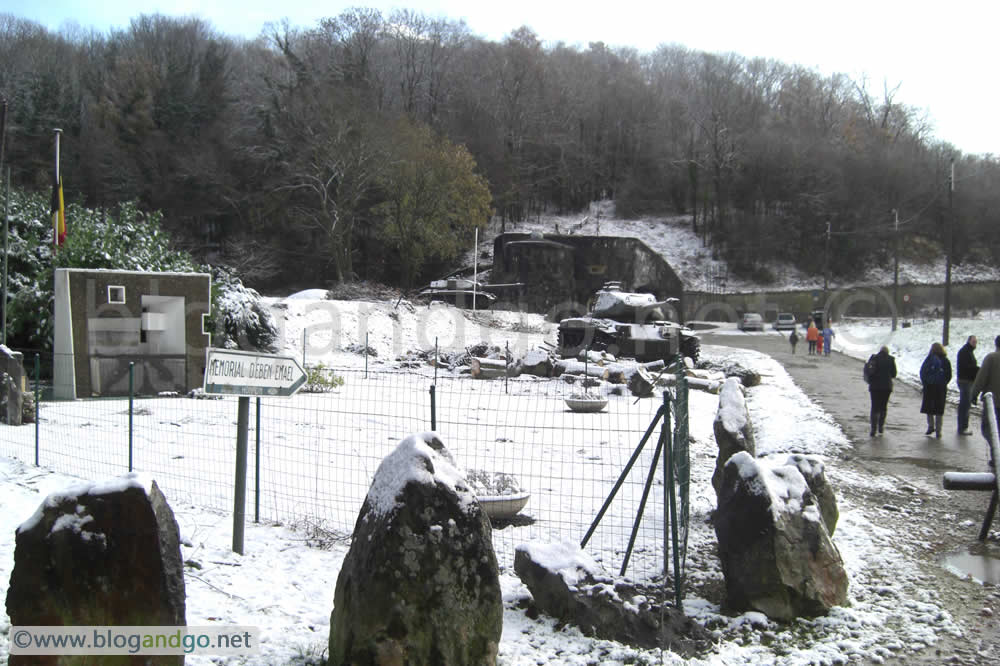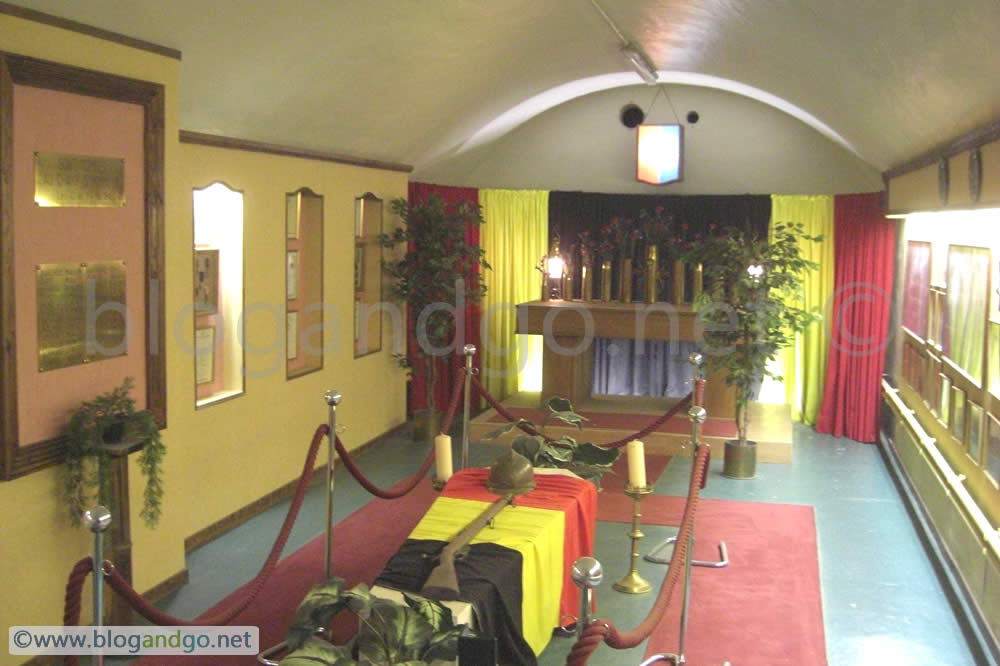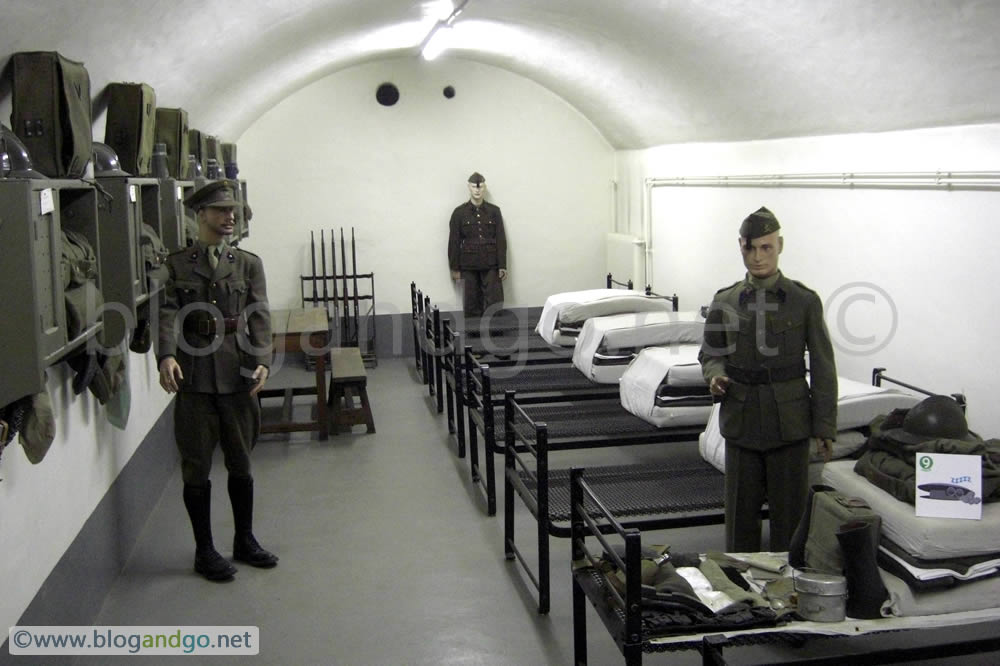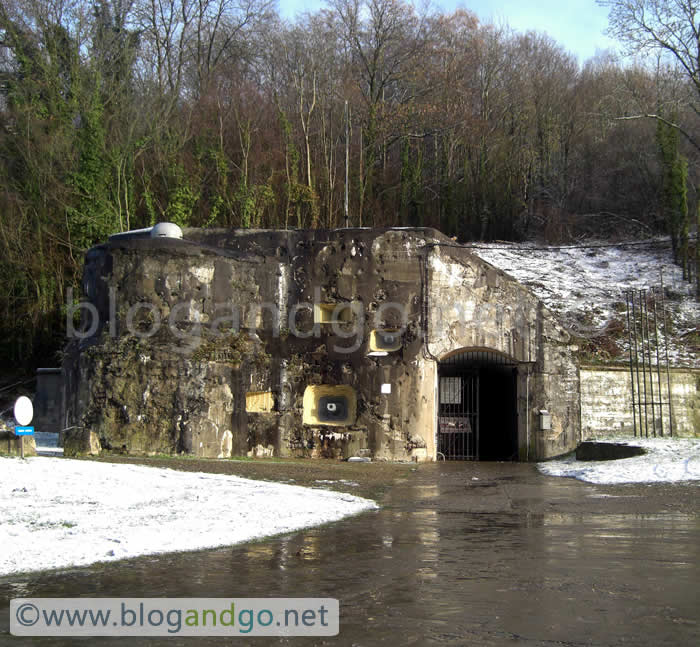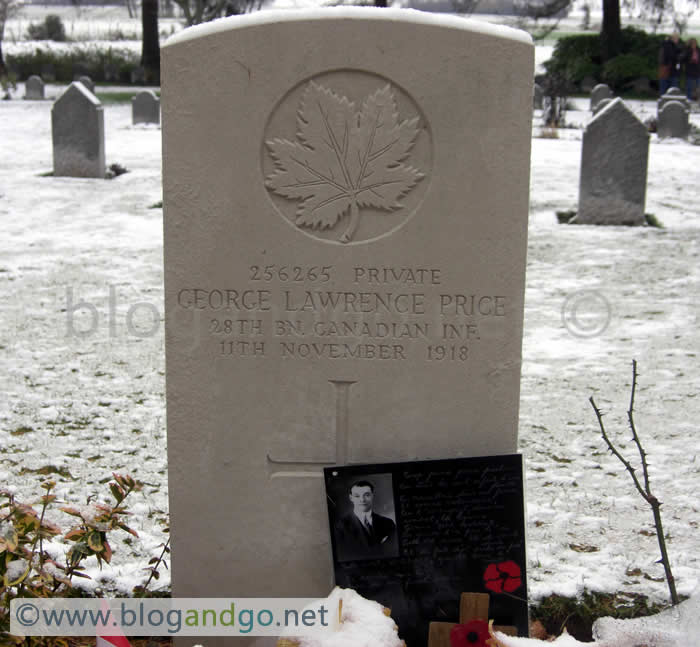Opening the door to France
When I first read about the attack on Eben Emael fort by the first military use of gliders I found it hard to understand how this could have been performed. However, there is no better way of understanding a battle than to walk over the ground it was fought on.
The fortress is underground with a number of artillery casemates and cupolas on the surface. Most of the surface though is just open field and though some trees now cover the top, much is still uncovered and it is apparent how gliders managed to land here so precisely. The Belgians never expected a glider attack and therefore did not place obstacles to such a landing. Once the Germans had landed, speed and aggression allowed them to quickly place the new (hollow) type of charges to disable the Belgian artillery pieces.
As impressive as the tunnel complex is, all the Germans had to do was to disable the guns and to keep the Belgians trapped underground. With the guns disabled the fort no longer fulfilled any function. Within hours, an outnumbered attacking force overcame what was supposed to be an impregnable fortress and the door to France was kicked open with minimal but brilliant effort.

